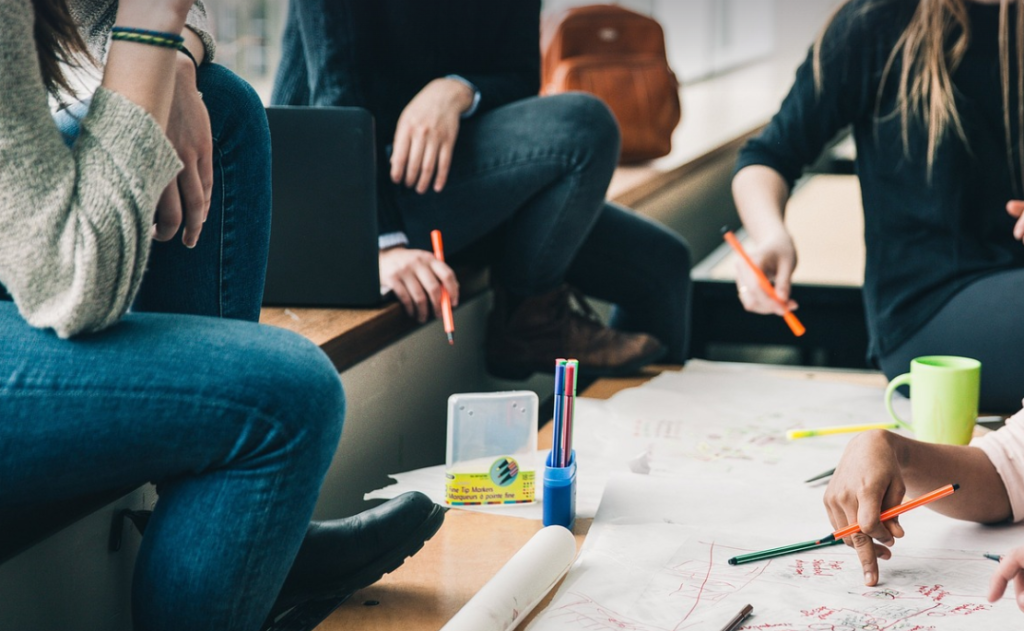Education has long been dominated by lectures, textbooks, and standardized testing. However, research and real-world experience show that hands-on learning—also known as experiential education—can be a more effective and engaging way to acquire knowledge. Whether in science labs, art studios, or fieldwork, students retain more information and develop critical skills when they actively participate in their learning process.
1. What Is Hands-On Learning?
Hands-on learning is an educational approach that emphasizes direct experience and active participation. Instead of simply listening to a lecture or reading about a subject, students engage in practical tasks that reinforce their understanding.
Examples of Hands-On Learning:
- Conducting experiments in a science lab
- Building models or prototypes in engineering classes
- Acting out historical events in a drama or history course
- Cooking in a culinary arts program
- Visiting historical sites instead of just reading about them
This approach shifts education from passive reception to active engagement, leading to deeper understanding and retention.
2. The Science Behind Experiential Learning
Studies in cognitive psychology suggest that people remember more when they actively engage with the material. The learning pyramid, a concept developed by the National Training Laboratories, shows that students retain:
- 5% of information from lectures
- 10% from reading
- 50% from discussions and group work
- 75% from practice by doing
- 90% from teaching others or applying skills in real situations
This means that hands-on activities are among the most effective learning methods.
3. Benefits of Hands-On Learning
Improved Retention and Understanding
When students physically engage with materials, they form stronger connections to the subject matter. For example, a biology student dissecting a frog will likely remember anatomy concepts better than a student who only reads about them.
Development of Critical Thinking and Problem-Solving Skills
Experiential learning encourages students to think independently and creatively. When students build a bridge model in a physics class, they must apply engineering principles and problem-solving strategies in real time.
Increased Engagement and Motivation
Traditional learning methods can feel disconnected from real life, leading to boredom and disinterest. In contrast, hands-on learning makes education interactive and relevant, increasing students’ enthusiasm and motivation.
Stronger Collaboration and Communication Skills
Many hands-on activities involve teamwork, helping students develop communication and collaboration skills. Whether working on a group science project or a business simulation, students learn to articulate ideas, negotiate, and cooperate effectively.
Better Preparation for the Real World
Hands-on learning bridges the gap between theory and practice. Professions in medicine, engineering, business, and the arts all require practical skills that cannot be fully developed through textbooks alone. Students who engage in experiential learning are often better prepared for careers and daily problem-solving.
4. Challenges and Solutions
Lack of Resources
Not all schools have the budget for hands-on learning tools like lab equipment or field trips. Solution: Schools can partner with local businesses, museums, or online resources to create experiential opportunities.
Time Constraints in the Curriculum
Many educators feel pressured to cover vast amounts of content, leaving little room for interactive lessons. Solution: Teachers can integrate small, meaningful hands-on activities into their lessons without disrupting the curriculum.
Assessment Difficulties
Standardized tests do not always measure hands-on learning outcomes effectively. Solution: Alternative assessments, such as portfolios, presentations, and project-based evaluations, can better capture students’ skills and understanding.
5. Conclusion
Hands-on learning is a powerful tool that enhances student engagement, retention, and real-world preparedness. While there are challenges in implementing experiential education, the benefits far outweigh the drawbacks. By incorporating more hands-on activities in schools and universities, we can create a more effective and meaningful educational experience for all learners.
Education is not just about absorbing facts—it’s about experiencing, questioning, and doing. The more we embrace hands-on learning, the better we prepare students for success in an ever-changing world.


